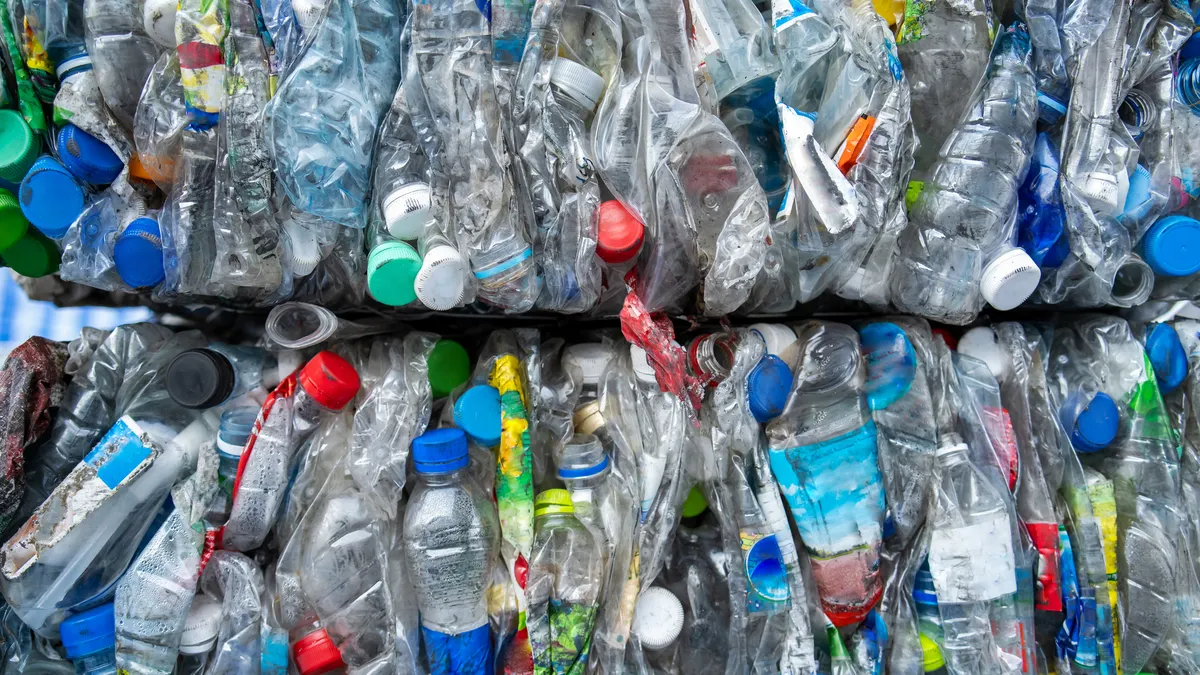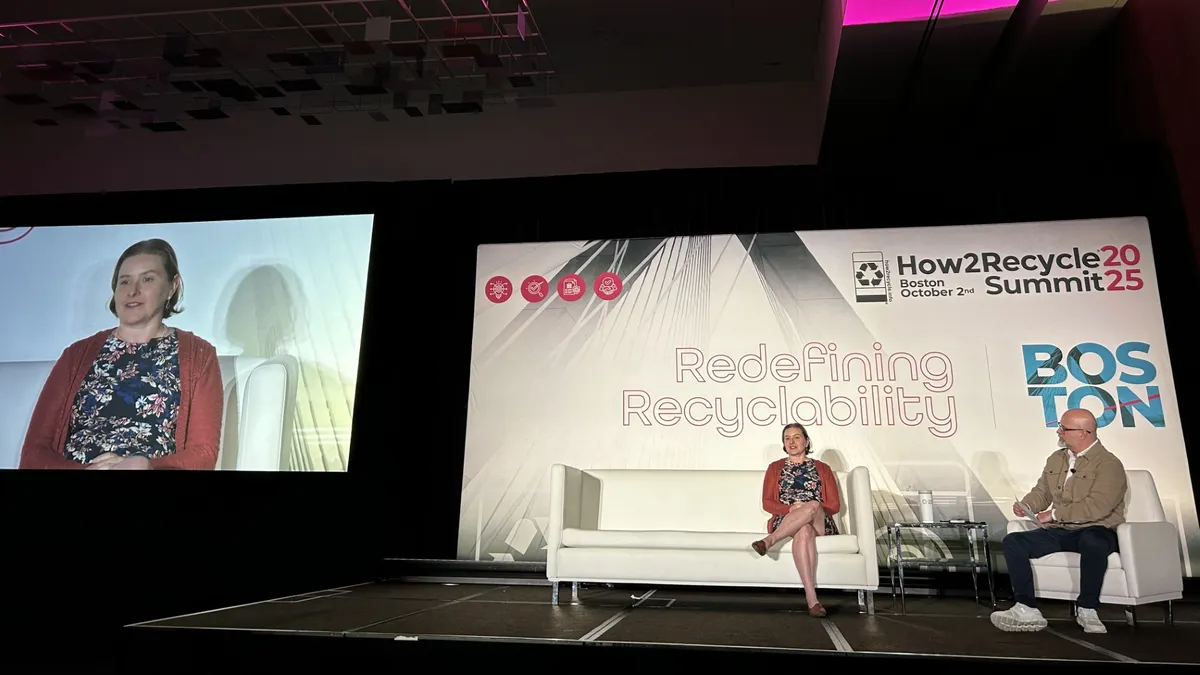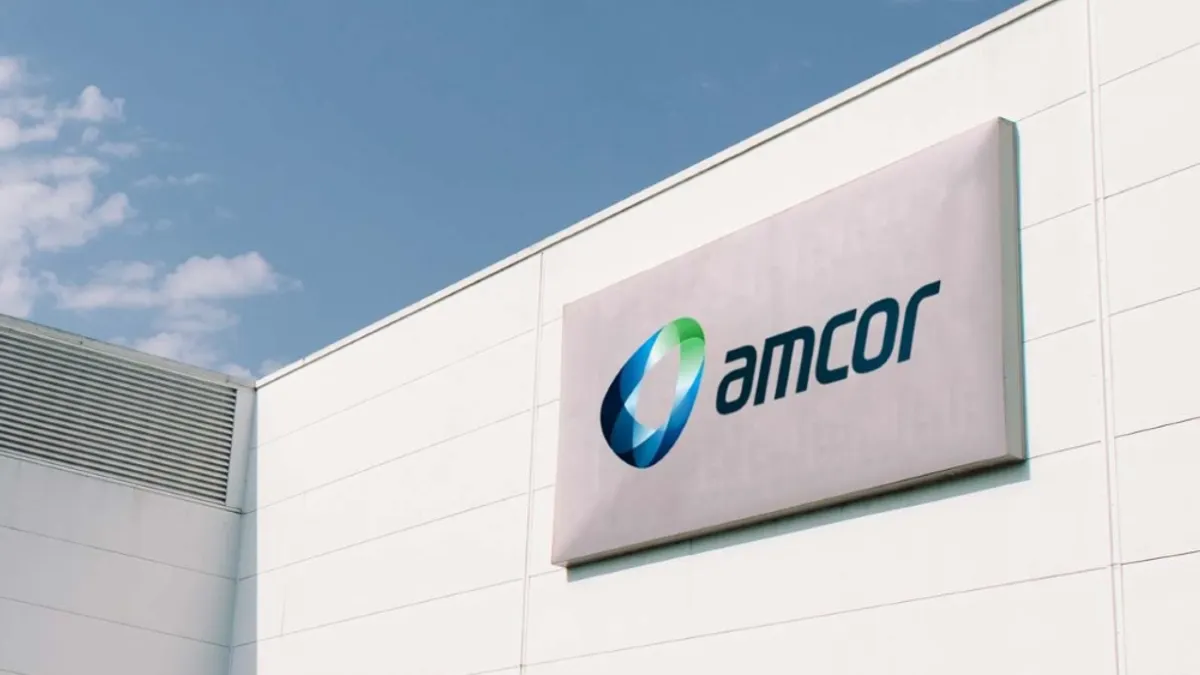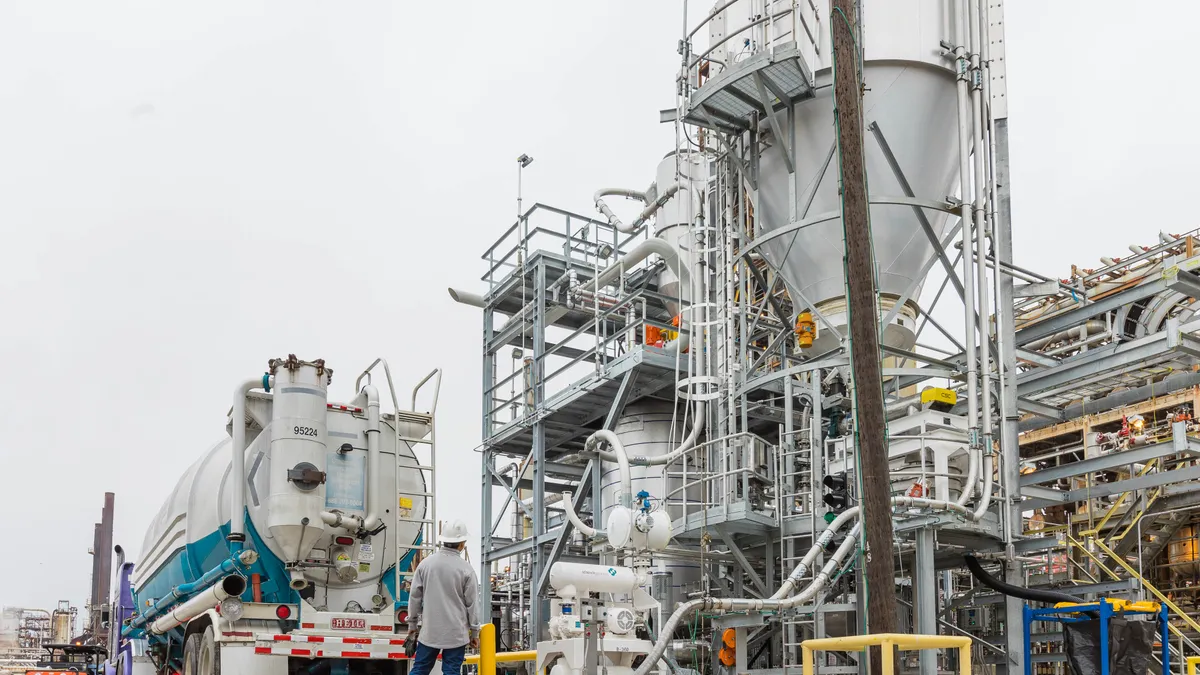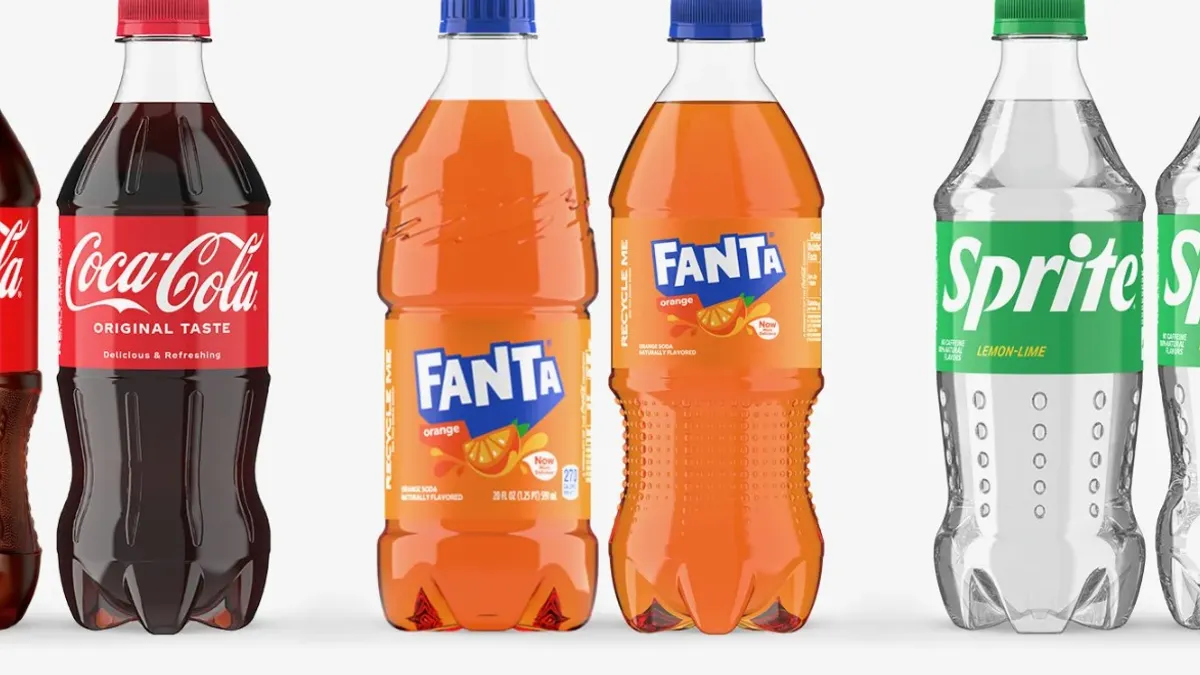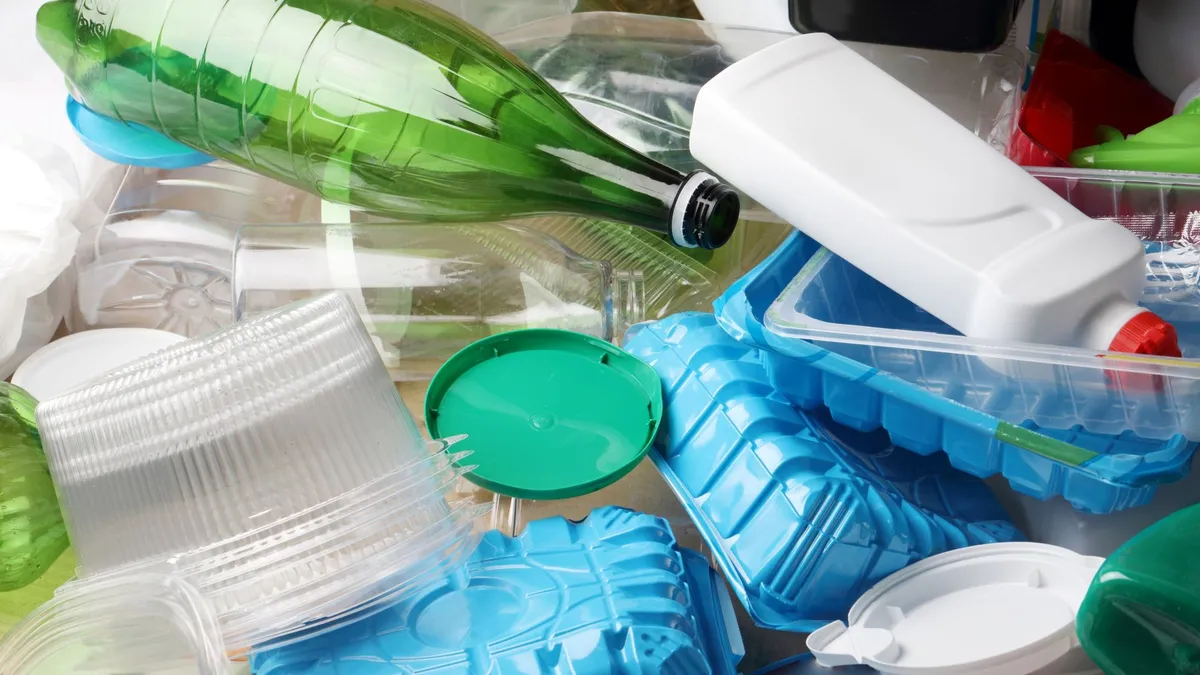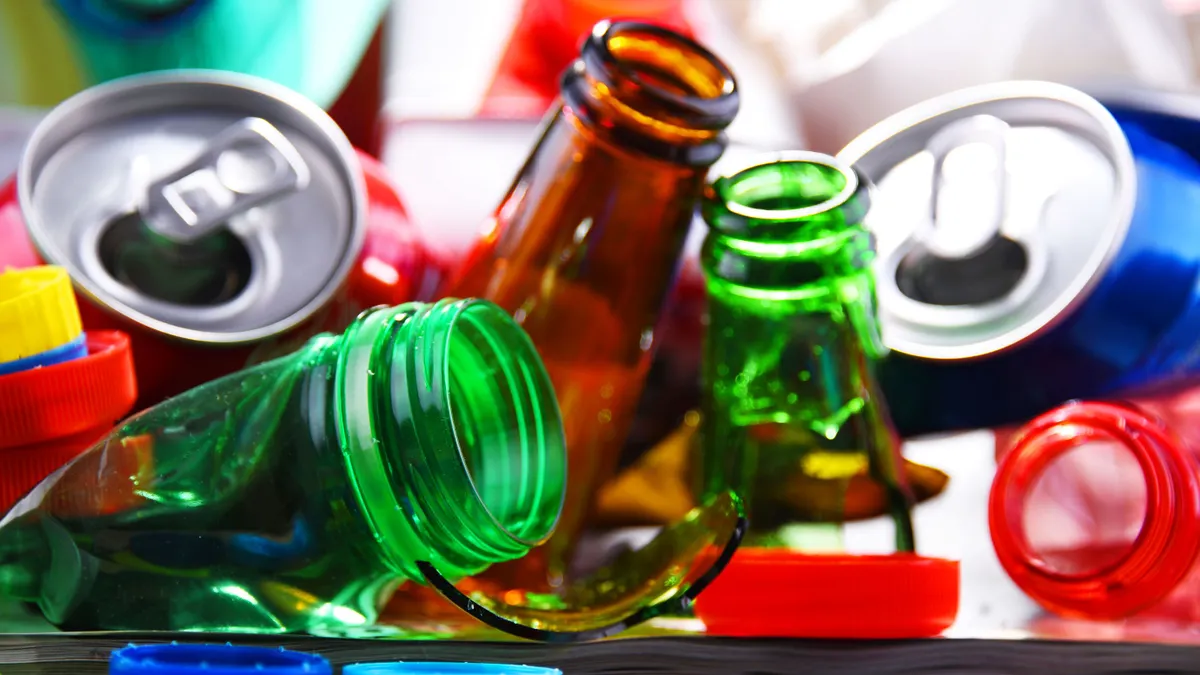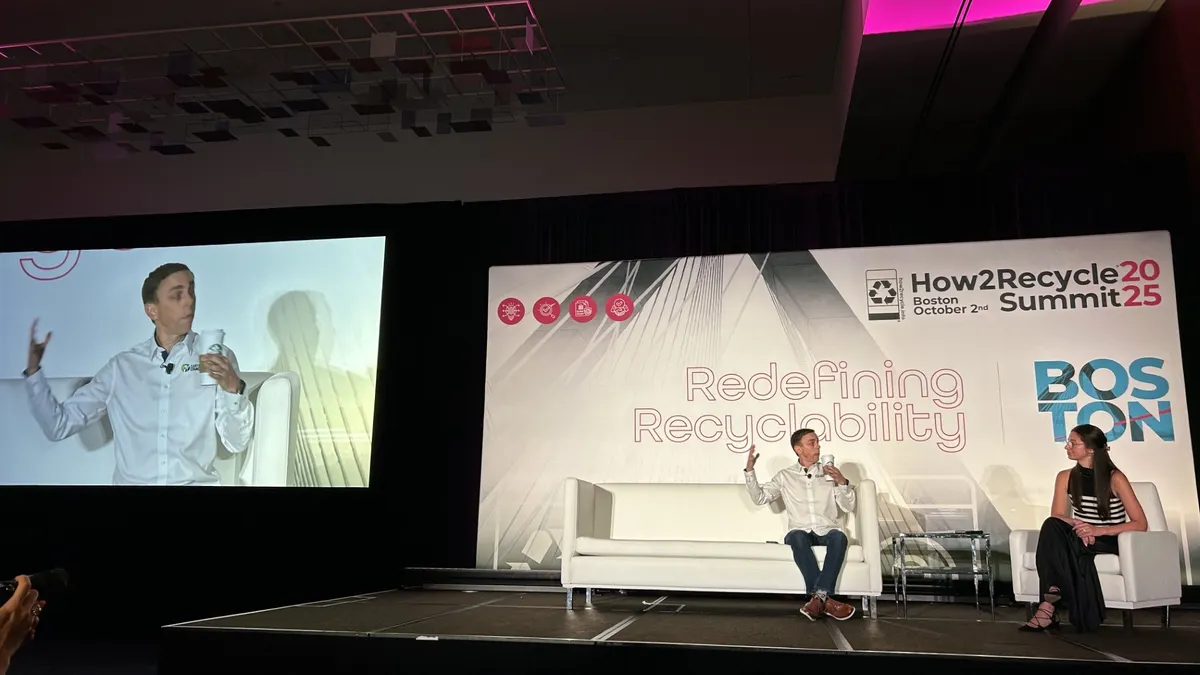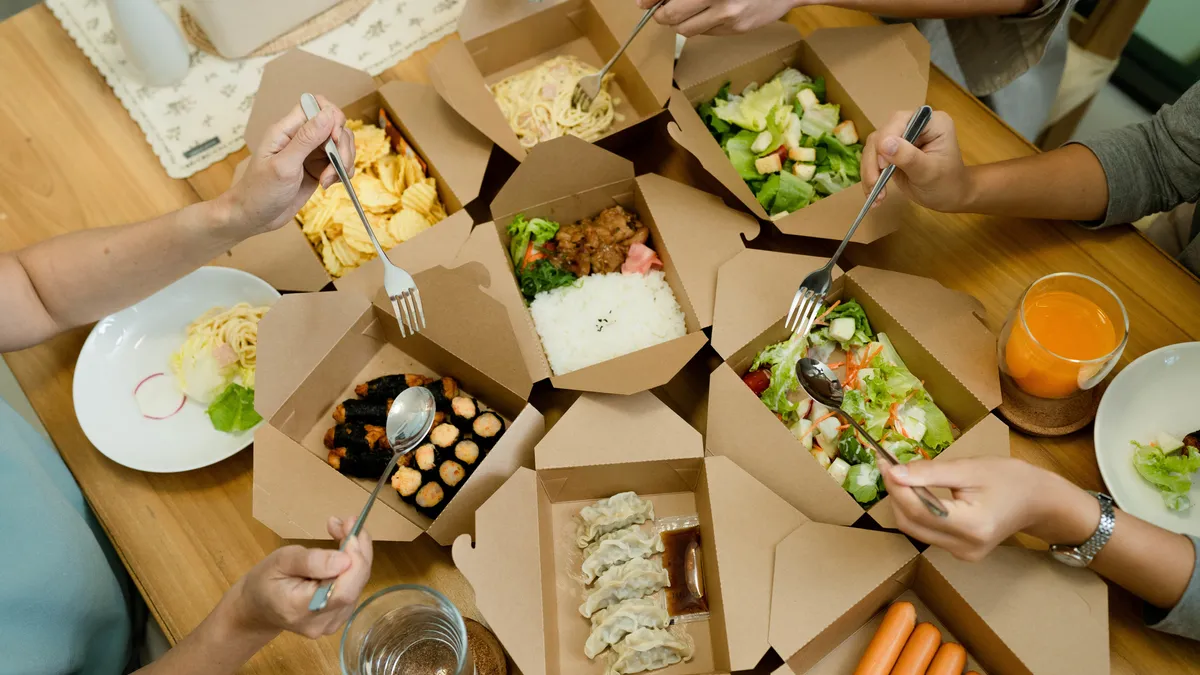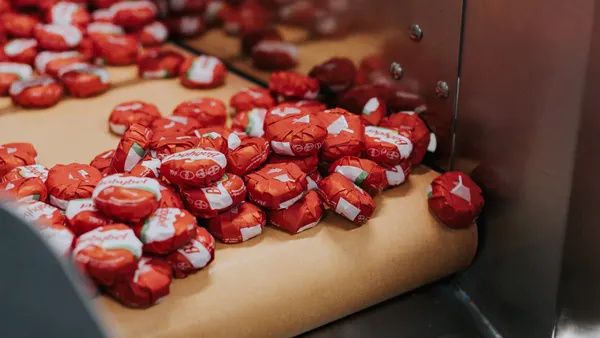With so much societal change in the last five years, consumer confidence has been under the microscope. So are economic headwinds and other global events also affecting consumer attitudes toward environmental issues and sustainable packaging?
The short answer is that U.S. consumers think about packaging sustainability, but other factors appear to be more important, according to consulting firm McKinsey & Co. This comes as numerous consumer packaged goods companies have revisited or altered their sustainability goals, with some disclosing an inability to meet certain targets by their set deadlines.
Last week, McKinsey released results from its most recent sustainable packaging-focused consumer sentiment survey, which it previously conducted in 2020 and 2023. The authors note that the “post-2020 era has been one of enormous upheaval.”
Factors influencing consumer behavior and preference swings include the COVID-19 pandemic, geopolitical uncertainty and high inflation. These elements and others contribute to what the authors call “a stalling of US consumer confidence, with spending intentions down across several discretionary categories.”
Although the packaging industry historically has grown at a more robust clip than gross domestic product, sluggish consumer confidence could hinder the industry's growth, according to the report. Improving packaging's sustainability is cited as a growth opportunity for the industry, although it is not the most important one. Still, these efforts should not be downplayed, and packaging companies should strive to meet the full range of consumer needs and desires, the report says.
While no single solution exists for sustainable packaging, insights from the survey could help packaging companies and brands unlock future opportunities for design and marketing, according to the report.
These are five key findings that emerged from McKinsey’s March survey of 1,000 U.S. consumers regarding packaging sustainability.
Environmental impact has grown in importance, but still lags characteristics like price and quality.
When looking at factors that influence their purchasing decisions, surveyed consumers consistently ranked a product's environmental profile as lower in importance than other key characteristics. This is consistent with the 2020 and 2023 surveys as well.
The top three factors in each of the three years' surveys — perception of quality, price and convenient access — experienced gains over prior years. While environmental impact also grew in importance, from 27% in 2023 to 33% now, the topic ranked a distant sixth to other factors in 2025.
Environmental impact ranks lower in importance than most other packaging attributes.
As in the previous two surveys, food safety and shelf life are the top concerns. Ease of use, label information and durability also consistently rank high in what consumers expect from product packaging, with labeling ticking up 9% since 2023.
The increase in label information could reflect growing consumer interest and education in health and wellness, the report says. In addition, consumers might use labels "to support choices based on quality and price, with package labels containing additional information becoming more common throughout this period as technology has increased the richness of information available to consumers.”
For instance, QR codes are proliferating on packaging as a consumer information source.
Recyclability is the most important characteristic for consumers when considering packaging sustainability.
A total of 77% of respondents consider recyclability "extremely important" or "very important," putting it in the top spot for sustainable packaging considerations. Four other factors come next in roughly equal importance, between 59% and 62%: recycled content, compostability, reusability and the volume of material used.
Carbon impact and biobased content ranked lower on the list. This could be due to differing levels of consumer understanding for the terms, the report says. Consumers “may view recyclability and recycled content as solutions to familiar problems such as littering, pollution, and landfills, while they may be less familiar with the advantages of bio-based products."
Glass is considered the most sustainable packaging substrate, while plastics are the least.
Substrates most closely linked to perceptions of recyclability — glass and fiber — scored high for overall sustainability, while those perceived as less recyclable — plastic films and laminates — ranked lower.
Respondents also appeared to differentiate between “technical” and “actual” recyclability, the report says. While PET bottles are commonly recycled and the resin consistently represents the most recycled plastic globally, respondents still viewed them as less sustainable than glass bottles or metal cans.
Researchers did not observe the discrepancy with PET bottles' sustainability in the other 10 countries where they conduct the survey; McKinsey says those countries’ results will be released soon. They speculate that consumers’ understanding of what happens to PET bottles after use might vary by country. “This difference in recycling practices across countries underscores the value of matching packaging to the local market’s ability to collect and process the material used,” the report says.
Brand owners and packaging producers bear the most responsibility for sustainability in packaging.
When asked who should bear responsibility for sustainability in packaging, respondents largely shied away from saying consumers or retailers. Brands and packaging producers came in at the top, getting 36% and 32% of the vote, respectively.
“One way to interpret this could be that consumers do not want to shoulder the perceived burden of choosing the ‘correct’ packaging option, potentially paying a premium for their choice, and following disposal instructions,” the report says. Further, it's possible that respondents view brands as large users and generators of packaging materials, and that they perceive packaging producers as having the most control over packaging options.


